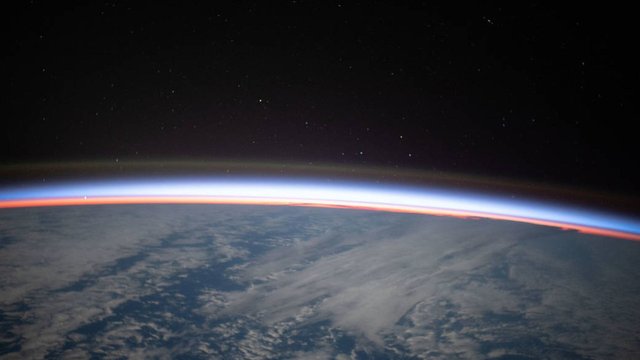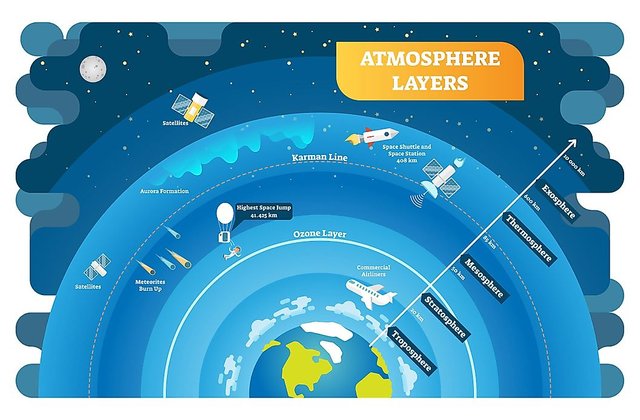Kármán Line: The Edge of Space
The Kármán line is a boundary used to define the edge of Earth's atmosphere and the beginning of space. It is located at an altitude of approximately 100 kilometers (62 miles) above the Earth's sea level. The line is named after Theodore von Kármán, a Hungarian-American aeronautical engineer and physicist, who first proposed the concept in the 1950s.

The Kármán line is based on the idea that, at this altitude, the atmosphere is so thin that satellites must overcome the drag of the remaining air molecules to remain in orbit. This is known as the "zone of zero atmospheric density," where the pressure and density of the atmosphere are so low that aerodynamic forces no longer play a role in determining an object's altitude. The Kármán line has been adopted as the internationally recognized boundary between Earth's atmosphere and space by organizations such as NASA and the Federal Aviation Administration. Astronauts who cross the Kármán line are considered to be in space and are therefore eligible for the distinction of being an astronaut.

It is important to note that the Kármán line is a theoretical boundary and not a physical one. The exact altitude at which the atmosphere ends and space begins is not well defined and can vary depending on a number of factors, including the altitude of the object, its velocity, and the position of the sun. Despite this, the Kármán line remains a useful concept for scientists and space enthusiasts alike, as it provides a convenient way of thinking about and discussing the boundary between our planet and the vast reaches of outer space.
However, the Kármán line is not the only boundary used to define the edge of space. Some organizations, such as the U.S. Air Force, define space as beginning at an altitude of 80 kilometers (50 miles), while others, such as the Fédération Aéronautique Internationale, use an altitude of 50 kilometers (31 miles). Despite these different definitions, the Kármán line remains the most widely accepted and well-known boundary between Earth's atmosphere and space.
Reference articles: